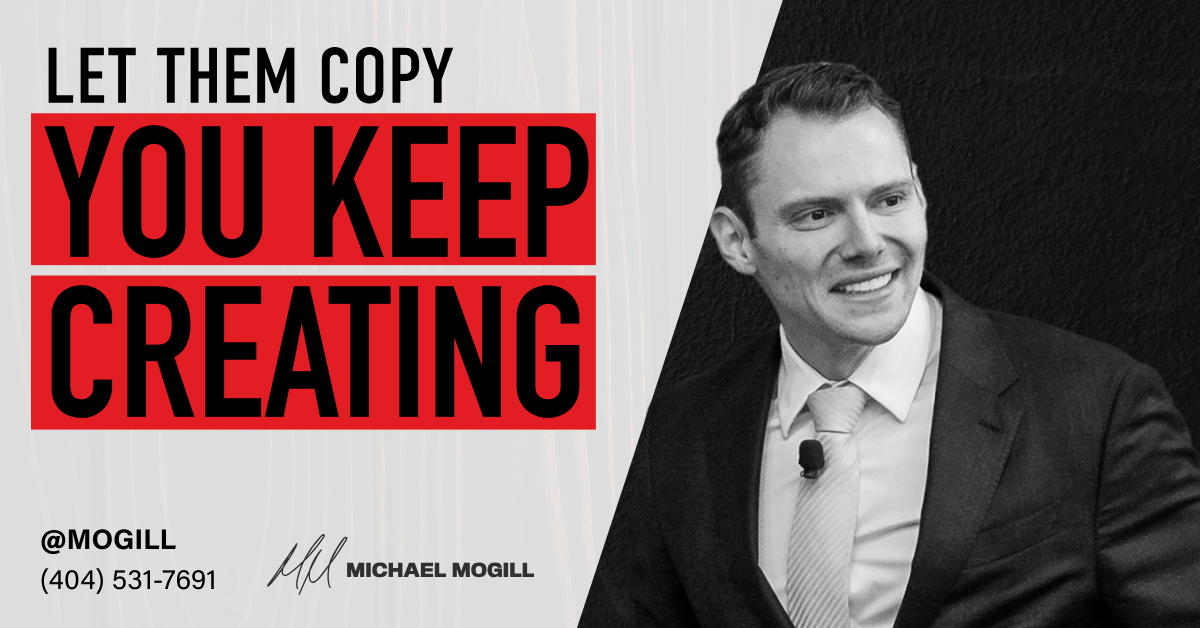In the dynamic landscape of leadership, one skill stands out above the rest: the ability to say “no.” This simple word carries immense power.
It’s not just about denial. It’s about focus.
The more you say “no,” the more finely tuned your focus becomes, freeing you up to direct your energy toward what truly matters.
Imagine this scenario: a team member approaches you with an exciting proposal. It’s a compelling idea, one that could potentially benefit the business. But here’s the catch — implementing it now would divert resources from other critical initiatives. In such instances, saying “no” isn’t just prudent. It’s essential for maintaining strategic alignment.
However, “no” doesn’t always mean rejection. Sometimes, it’s a matter of timing. Perhaps the idea isn’t right for the current quarter but could find its place in the roadmap later in the year.
Other times, “no” is a definitive decision — a recognition that certain initiatives just don’t align with the vision for the future.
Context is key when delivering a “no.” Providing the reasoning behind the decision can help team members understand and appreciate the bigger picture.
For example, take a request to extend a new service offering for clients. While it may seem like a logical step, a deeper look reveals that such endeavors may be out of sync with emerging trends and technological advancements.
As leaders, it’s crucial to evaluate initiatives not just based on their immediate merits but also on their long-term viability. Each “no” should be able to be backed by a clear explanation of organizational priorities and strategic objectives. This doesn’t mean stifling innovation. Rather, it’s about directing creative energies toward pursuits that hold the greatest promise for sustained success.
Of course, receiving a “no” can be disappointing, whether you’re a seasoned leader or a curious team member. But when accompanied by transparent communication and thoughtful explanation, it becomes more than just a rejection. It becomes an opportunity for learning and growth.
So the next time you find yourself on either side of the “no,” remember: it’s not a barrier — it’s a guide. Embrace it as a tool for sharpening focus, driving innovation, and charting a course toward a more successful future.






